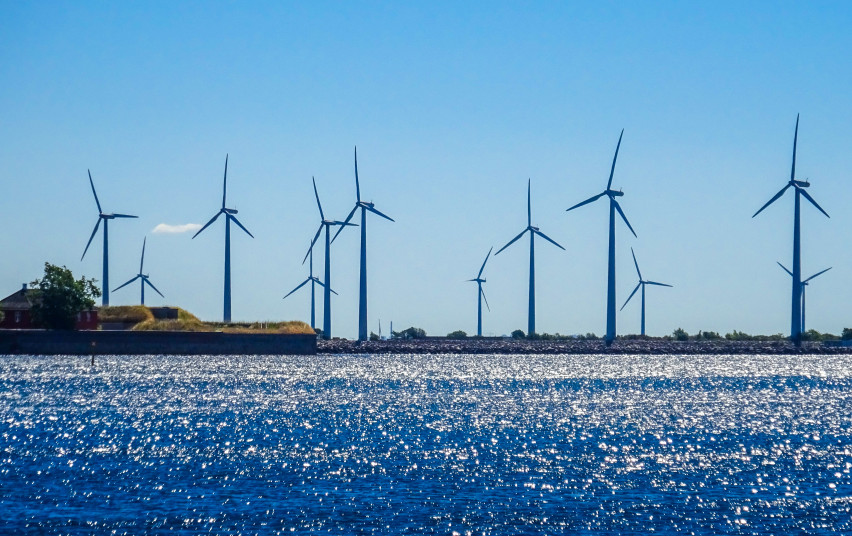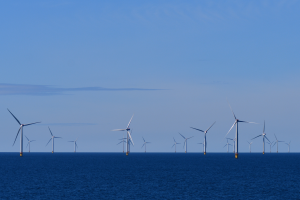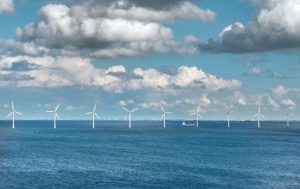Researchers commissioned by the Lithuanian Energy Agency who have carried out deep geophysical and seismic surveys of the seabed in the Baltic Sea have confirmed that the area envisaged for the first offshore wind farm is suitable for the development of such activities.
The Lithuanian Energy Agency has selected Geobaltic, UAB and Garant Diving, UAB as suppliers for geophysical surveys of the seabed through an international public procurement procedure. Representatives of the jointly contracted group of service providers presented the second seabed survey report. The report presents the results and conclusions of deep geophysical-seismic surveys in the Lithuanian offshore area, where it is appropriate to organise tenders for the development and operation of wind farms.
According to Roman Bykov, Head of the Wind Energy in the Baltic Sea Development Division of the Lithuanian Energy Agency, "the results of the deep seabed seismic surveys are important for the selection of wind farm models and the deployment of the necessary infrastructure for the park in the offshore area".
These studies aimed to identify potentially active seismic zones, geological structures and their spatial positions that could influence the planning and construction of the first offshore wind farm. The research has identified the exact position, area and volume of geological structures and assessed whether the planned wind farm development overlaps with the exploration for other strategic energy resources and, potentially, oil production in the Lithuanian offshore territory.
The investigators conclude that the area of the first offshore wind farm is not located on any tectonic faults or geological structures that could be potential for oil exploration and production. These geological structures are located more than 5 km in different directions from the area envisaged for the first offshore wind farm.
The first offshore wind farm of around 700 MW is planned to be installed within 30 km of the Baltic Sea by 2028, with the potential to generate around a quarter of Lithuania's current electricity demand and create around 1,300 jobs annually.
The research report is available here.






